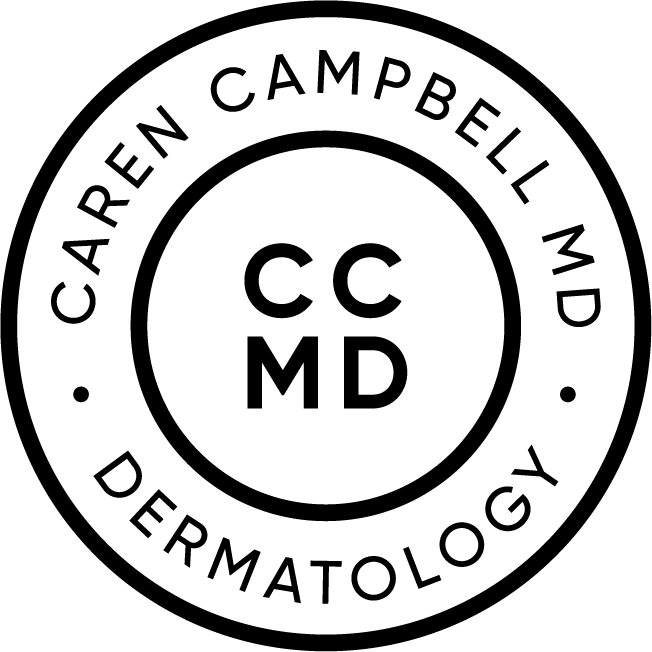Lasers
What do lasers treat?
Lasers can be used for a variety of cosmetic and medical procedures to help minimize and improve the appearance of broken blood vessels, rosacea, sun damage, warts, stretch marks, pores, wrinkles, brown spots, acne scars, keloid scars, and birth marks.
What is a laser?
Lasers are devices that concentrate light into a specific wavelength that is best absorbed by a specific target. Common targets for lasers include water, blood, melanin (aka pigment). Each of these targets most effectively absorbs different wavelengths. This is why one laser cannot treat every target well. Most lasers only produce two wavelengths effectively.
What is the best laser for treating acne scars?
Fraxel is the ideal laser for treating acne scars. Fraxel is a fractionated laser that targets water in the skin stimulating collagen remodeling. Fractionated lasers damage a fraction of the skin with each treatment. Side effects and downtime are minimized when only a fraction of the skin is damaged. In the past, lasers damaged all of the epidermis and dermis leading to prolonged healing time and complications including scarring and pigment alteration. With these newer laser technologies, about 1/3rd of the epidermis and dermis is damaged allowing for more rapid recovery and improved patient results.
What is the best laser for treating wrinkles?
Fraxel heats and damages parts of the epidermis and dermis leading to formation of new collagen and elastin, which minimizes the appearance of lines and wrinkles.
What is the best laser for sunspots?
Fraxel does an excellent job at erasing years of sun damage and sun spots, including pre-cancerous growths called actinic keratosis. The Fraxel Dual at our office has two settings or wavelengths that target different layers of the skin. The 1927 wavelength targets the upper layers of the skin and erases pigmentation from the skin, while the 1550 wavelength goes deeper in the skin stimulating collagen and elastin to improve the appearance of lines, wrinkles and scars.
What is the downtime like for Fraxel?
After Fraxel, patients are bronzed, red and peeling for about 5 to 7 days. Strict sun protection and avoidance is recommended for 2 weeks prior and post any laser procedure. The healing areas of skin should not be exfoliated or scrubbed off, but rather kept clean with gentle cleanser and/or dilute white vinegar and then kept moist with Vaseline, Aquaphor or a light moisturizer such as Vanicream. A physical blocking sunscreen with zinc and titanium and a broad brimmed hat should be worn post-procedure for at least 2 weeks.
What if I want the results of Fraxel, but don’t have a week to be healing?
Clear + Brilliant is a “mini-Fraxel” treatment that uses similar technology, but with less energy and damage delivered to the skin. A series of Clear + Brilliant treatments is needed to equal one Fraxel, but the trade off is minimal to almost no downtime. For busy professionals and parents on the go, this is the perfect treatment to maintain a youthful appearance and prevent the signs of aging. Clear + Brilliant treats and prevents fine lines, wrinkles, brown spots, enlarged pores, scars and melasma.
What can I expect after a Clear + Brilliant treatment?
Immediately after Clear + Brilliant your face feels sunburned and warm. A cooling mask is applied for 10-15 minutes and the sunburnt-like sensation subsides in less than an hour. You typically leave our office looking red or sunburned which is easily covered with make-up and begins fading by the next morning. A superficial coffee ground texture can be felt and darkening of brown areas of the skin can be noted for 1-2 days after the treatment. All the skin changes are easily covered with make-up and require no downtime from your daily activities. Sun protection is recommended for 2 weeks prior to and post any laser treatment.
What is the best laser for treating Rosacea?
Pulse- dye lasers are the gold standard for vascular treatments. Dr. Campbell has seen the best results with the Vbeam Perfecta, which she uses in her practice.
Why are topical medications not enough for Rosacea?
Despite topical medications and oral antibiotics which help calm the inflammation from rosacea, pulse-dye laser remains the best options for minimizing the redness associated with rosacea. The pulse-dye laser effectively targets and destroys the broken blood vessels causing the redness, burning and stinging associated with rosacea. Not only does your appearance improve after treatment with the laser, the symptoms or burning and stinging typically improve as well.
How many laser treatments are required for Rosacea?
Much like whitening your teeth, there is a ramp-up phase and then a maintenance phase. Most patients need a series of typically 3 treatments spaced 4-6 weeks apart and then a maintenance treatment every year, since the broken blood vessels associated with rosacea continue to form over time.
What can I expect after treatment with the Vbeam?
Most patients experience mild redness and swelling for 24 to 48 hours after the procedure. In rare instances, bruising can occur and is normal with pulse-dye laser treatments. After the laser treatment, keeping your head elevated and icing can be helpful for minimizing redness and swelling.
